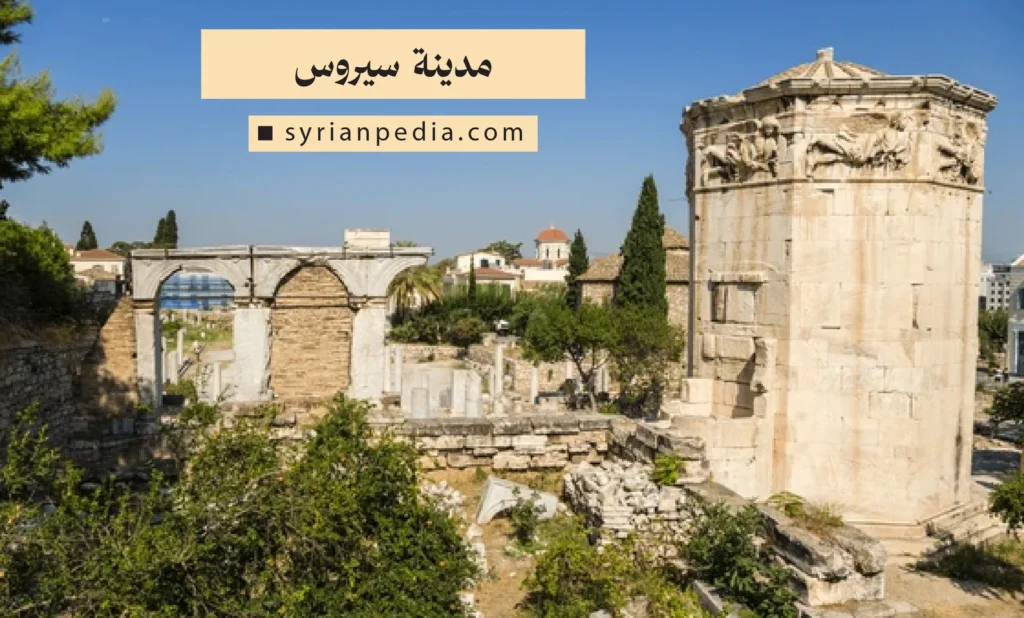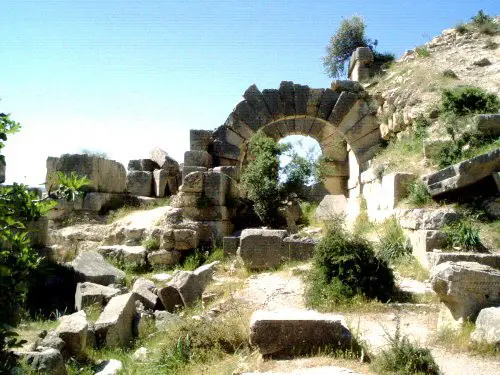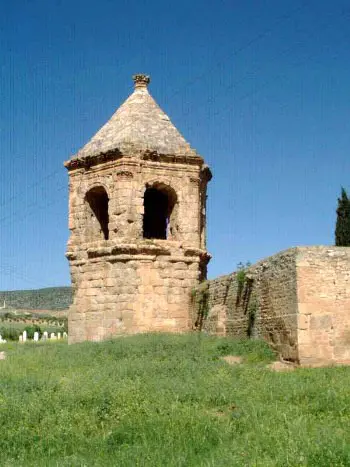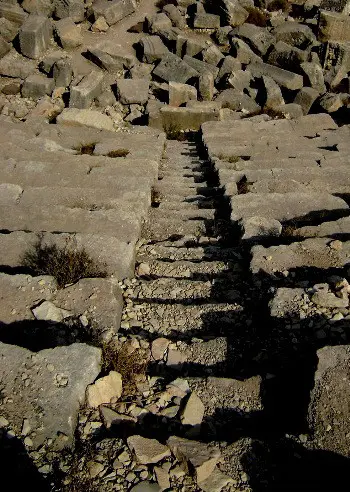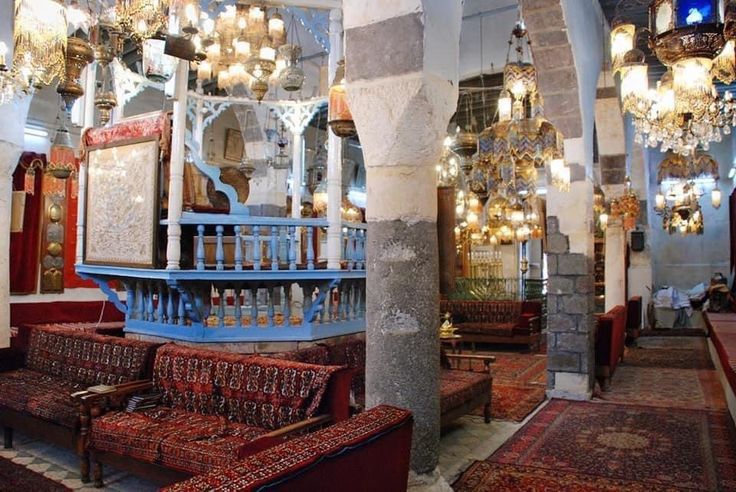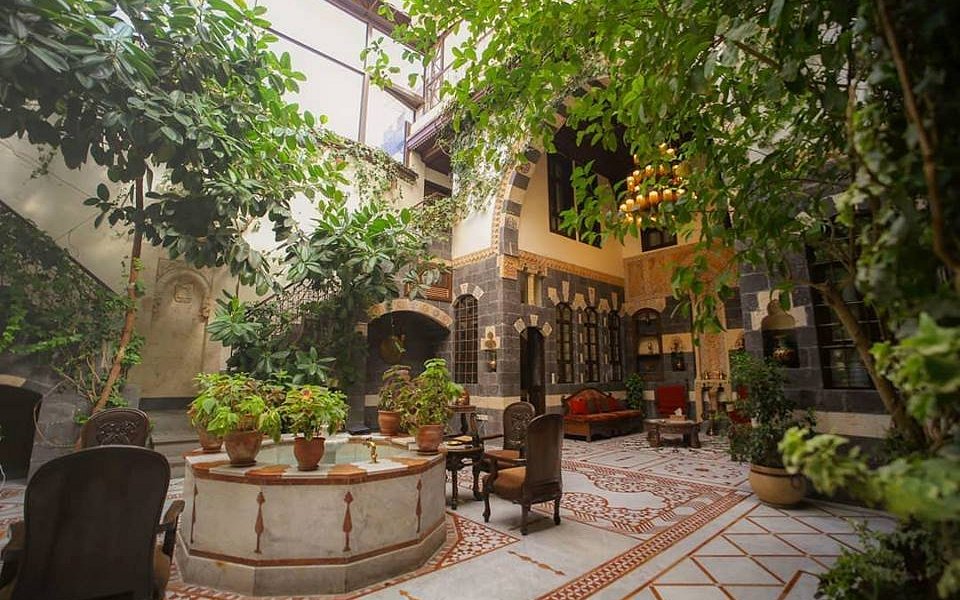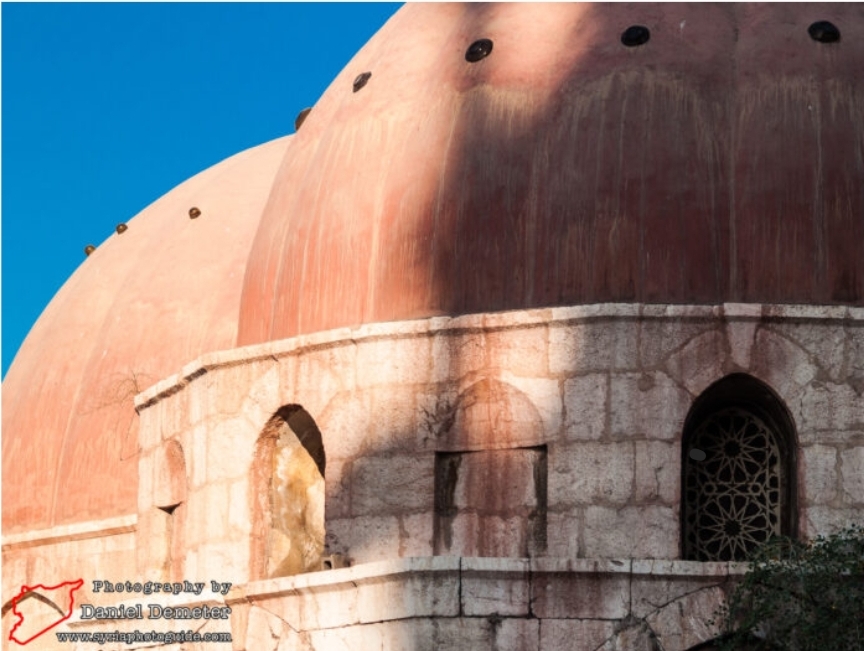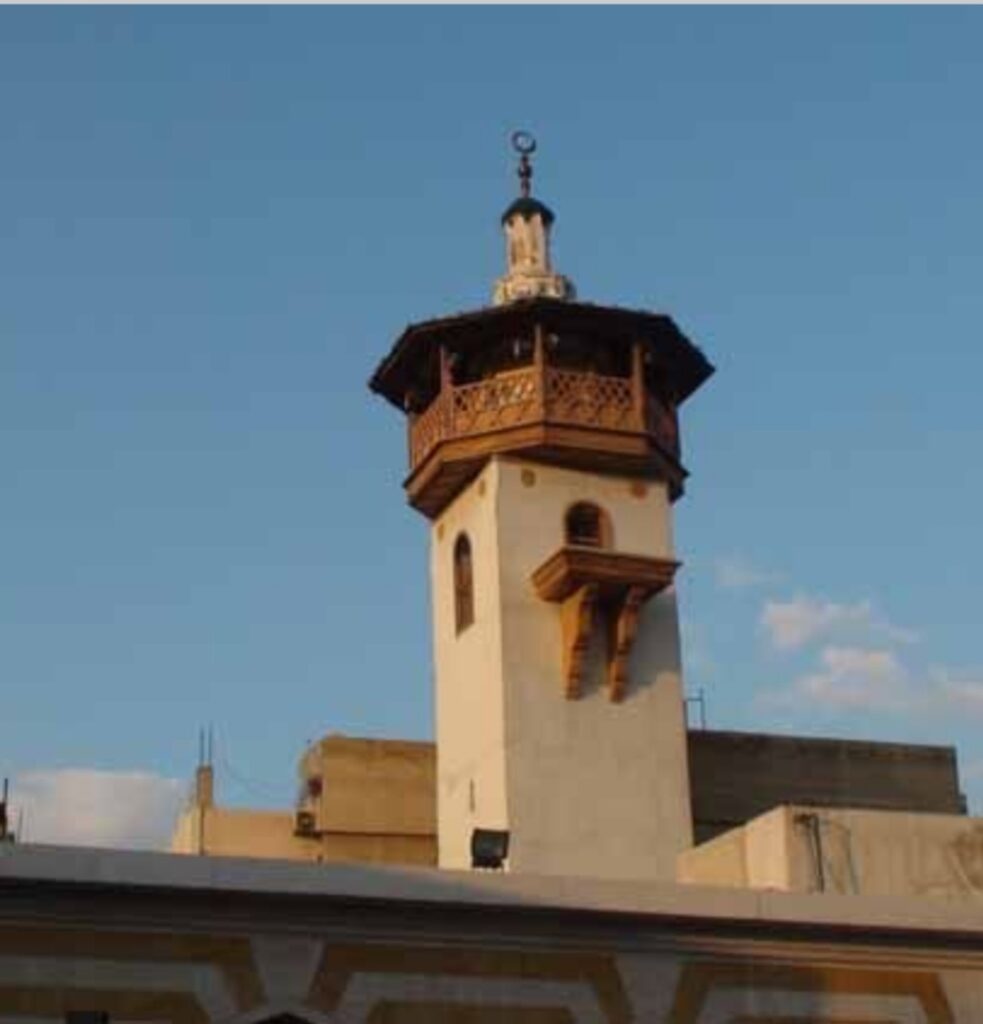Founded by Seleucus Nicator to secure the Antioch-Euphrates road, the city was remodelled by the Romans with an 850-metre-long colonnaded street dotted with pottery and oil shops. In the third century AD, a semicircular theatre with seating for 5,000 people was built. Its most notable feature is the hexagonal mausoleum (Tomb of St. Cyrus), which has a conical dome and an octagonal base. It was transformed into a Byzantine pilgrimage site. Excavations by the Syrian-Belgian team documented a drainage system passing under the alabaster slabs, and an elevated wooden walkway has been constructed to preserve the mosaics and guide visitors from the northern gate through the remains of the bathhouse to the mausoleum.
